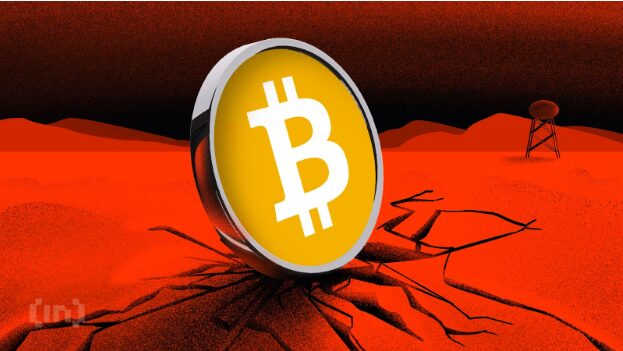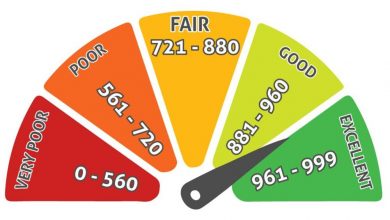From Bitcoin Price to XRP: Crypto Terms You Should Know

Alright, crypto can get a bit wild at first—buzzwords everywhere, prices bouncing around. But if you’re curious, here’s the real talk: crypto doesn’t have to feel confusing. Let’s take a friendly walk through the big terms—Bitcoin price, XRP, blockchain, hot vs. cold wallets, spot ETFs, and more—explained like you and I are having a coffee chat.
Bitcoin — The OG Crypto
You know Bitcoin—it’s the original. Launched in 2009, it was the first digital currency meant to break free from banks and governments, letting people send money directly to one another. People often call it “digital gold” because only 21 million coins will ever exist. That scarcity makes it attractive to long-term investors.
Now, Bitcoin can be a wild ride. Its price gets moved around by news, politics, tweets—you name it. One moment it’s up, the next it’s down. But if you’re in it for the long game and believe in decentralized money, it’s a powerful legacy project.
Blockchain — The Virtual Ledger That Never Forgets
Imagine blockchain as a massive spreadsheet that is shared by all and cannot be deleted. There, every cryptocurrency transaction is tracked. That’s how the system stays honest without needing banks.
For Bitcoin, people called “miners” verify these transactions. They use lots of computer power to compete to add the next block, and get paid in Bitcoin when they win. It’s secure but famously power-hungry. Big technology, big debates!
Bitcoin Halving — Cutting Rewards in Half (Literally)
Every four years, Bitcoin’s reward for miners gets cut in half—this is called a “halving.” At first, miners got 50 BTC per block. Now they get way less. Why? To slow down the coin supply and create scarcity over time.
It can be dramatic. After halving events, prices often climb—but sometimes miners step back if it’s no longer profitable, which adds another layer of risk and complexity.
Crypto Exchange — Where You Trade Digital Coins
If you’re buying crypto, you’ll likely use a crypto exchange. Think of it like an online store or stock platform—you trade dollars (or euros, whatever) for Bitcoin, XRP, ETH, etc. There are fees, account setup, and in some regions, identity checks. But it’s usually where most people start.
While some systems are extremely feature-rich and beginner-friendly, others are pro-level. Select what you find safe and comfortable.
Crypto Wallet — Hot or Cold, Your Choice
Once you have crypto, you need a place to keep it. That’s where wallets come in:
- Hot wallets: Connected, online, instant access solutions that are excellent for everyday usage but susceptible to hacking.
- Cold wallets: offline hardware, such as USB sticks, that are secure from online theft and useful for long-term storage.
As they say, employ a cool wallet for long-term holdings and a hot wallet for daily expenditures. Basic but effective!
Ethereum — Crypto That Goes Beyond Just Money
Next up: Ethereum. It’s both a coin (Ether) and a platform. Ethereum, in contrast to Bitcoin, enables developers to create programs on top of it; consider tokens, smart contracts, NFTs, and more.
In 2022, Ethereum made the switch to a more energy-efficient system, good for the environment. A lot of decentralized finance (DeFi) and content-related tools live here. Crypto apps thrive on Ethereum. Bitcoin is money; Ethereum is your digital toolbox.
Ethereum vs. Bitcoin — Use Cases and Identity
If Bitcoin is a store of value, think of Ethereum as a flexible engine for creating new services.
You hold Bitcoin price USD for stability and long-term belief. You use Ethereum, DeFi, or NFTs when you want programmable financial tools or digital collectibles. Tech lovers, creators, and innovators flock here more than Bitcoiners.
Spot Bitcoin ETFs — Bringing Crypto to Wall Street
In 2024, the U.S. finally approved Spot Bitcoin ETFs, letting investors buy Bitcoin exposure via their traditional brokerage accounts—no wallet, no crypto exchange—just like buying shares.
This big step made it easier for everyday investors and institutions to access crypto safely. If you like stocks but not messy digital wallets, ETFs are big news.
Volatility — It’s Emotional Out There
Crypto prices don’t just reflect fundamentals. They’re emotional too. Bitcoin fans often feel pride in decentralization. XRP fans feel hope in utility. That passion moves markets—sometimes faster than logic.
As a new investor, understanding your own emotional triggers can help you stay steady, even when prices swing up or down dramatically.
Security 101 — Don’t Lose Your Seed Phrase
Your seed phrase—those backup words when creating a wallet—should never, ever be shared. It is a tool for your healing. If you lose it, your crypto disappears forever. If someone else gets it, they can take all your coins. No refunds. No support. Just digital regret!
Keep it locked, express prompts. Cold storage never forgets, hot wallets occasionally slip!
NFTs & DeFi — What Are These All About?
- NFTs (Non-Fungible Tokens): Unique digital items—like art, music, game items—proven authentic on a blockchain. Cool for collectors and creators.
- DeFi (Decentralized Finance): Bank-like services (lending, trading, saving) built in code. Often built on Ethereum. No bank account required.
These open up creative and financial possibilities—think trading, staking, ownership, without middlemen.
Forks — When Crypto Splits (Literally)
Ever heard of Bitcoin Cash or Ethereum Classic? Those came from forks—when the community couldn’t agree, and the project split into two versions. Sometimes it’s for ideological reasons.
It’s messy, but it shows how decentralized networks can evolve—or even diverge dramatically. Red flags? Maybe. But also a sign of freedom in crypto governance!
The Final Words Crypto Terms That Matter, but Keep It Simple
Here’s what you should remember:
- Bitcoin is about holding value.
- Ethereum lets you build.
- XRP price? (If we’d covered it here): moves money fast and cheap—mostly in global transfers.
- Words like “cold wallet,” “blockchain,” or “spot ETF” might sound fancy, but they’re tools anyone can learn.
- No single coin is perfect. Many smart users hold both Bitcoin and XRP price USD—Bitcoin for legacy, XRP for utility.
Crypto is here to stay—but it’s also learning as it goes. Not every token, trend, or gimmick will last. But the core ideas? Real and Powerful! Worth understanding if you’re interested in money and tech colliding.

Source: From Bitcoin Price to XRP: Crypto Terms You Should Know




